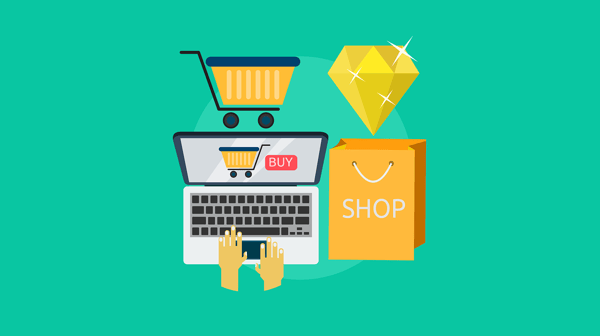Index Content
Live stream shopping is a strategy that consists of promoting items through live broadcasts. In many cases, these broadcasts are organised as special events for certain dates and have the presence of influencers to attract more viewers. Now we tell you much more.
what are the advantages of live stream shopping?
- It is in line with new user habits: users spend a lot of time browsing and consuming video content, especially following the popularisation and trend of this format after the covid pandemic.
- Improves engagement: Live streams with influencers are entertaining and immersive content, which keeps viewers watching for longer and, as a two-way channel, encourages personalisation.
- It accelerates conversion. By using time-limited techniques, live stream shopping creates a sense of urgency that stimulates conversion.
- It allows you to take advantage of the hot sale, i.e. with the customer who already knows you and is watching you live stream shopping.
- Live stream shopping is entertaining and immersive, so users stay connected for much longer.
- It requires little investment, as social networks can be used at no cost other than the dedication of time.
- It is not intrusive, as the user, prospect or customer is the one who decides whether or not to join the e-commerce live broadcast.
- It generates trust, as one person is the one who tells users everything they need to know about the brand and the product.

5 tips for your real-time shopping events
are you ready to try live stream shopping with your brand? To make your first live stream shopping event a success, take note of these recommendations:
- Create a script. Even if it is a live event, it is not a good idea to leave everything to improvisation. Plan the topics to be discussed, the products offered and the discounts and offers, and create a script to make sure you don't forget anything. Bear in mind that viewers can join in at any time during the broadcast, so it is highly recommended to repeat important information at different times.
- Promote your event. You can create live stream shopping events on key dates, such as Black Friday or a new product launch, or organise them on regular dates, such as the first Thursday of every month. In either case, once you have decided on the date and time, you will need to organise a promotion strategy and reminders on different channels to attract as many viewers as possible. Once the event is over, you can share the link to the recording.
- Choose the right influencer. It is very common for real-time shopping events to use celebrities or influencers to promote their products. As always in these cases, it is very important to look for an influencer who fits well with the brand's values and lifestyle and with whom users can identify.
- Invest in quality equipment- at larger events, quality is important. At the very least, you need a powerful computer, a good video capture card and the right lighting to make your products look their best.
- Interact with your audience. One of the great things about live stream shopping is interaction, so make the most of it! Remember to treat the event as if it were a dialogue, play chat games with your viewers or even ask them how their day went. The more you encourage them to interact, the more responses you will receive.

Examples of brands using live stream shopping
- Amazon: In 2019, Amazon launched its Amazon Live feature, which allows sellers to host live events to promote their products. This feature has a dedicated landing page where shoppers can watch live events or replay previously streamed events.
- Maybelline cosmetics brand Maybelline decided to launch a new lipstick in China with a live stream shopping event on the mobile shopping platform Taobao. During the live stream they introduced their new representative, Angelbaby. The audience could purchase the product with just one click. Nearly 6 million people watched the live event and Maybelline broke its sales record on Taobao.
- style Store - Argentina's Style Store organised the Style Live Session in 2020, a live-streamed event with real-time content and shopping experience. 226 units were sold in an hour and a half, an average of 15 purchases per minute.





